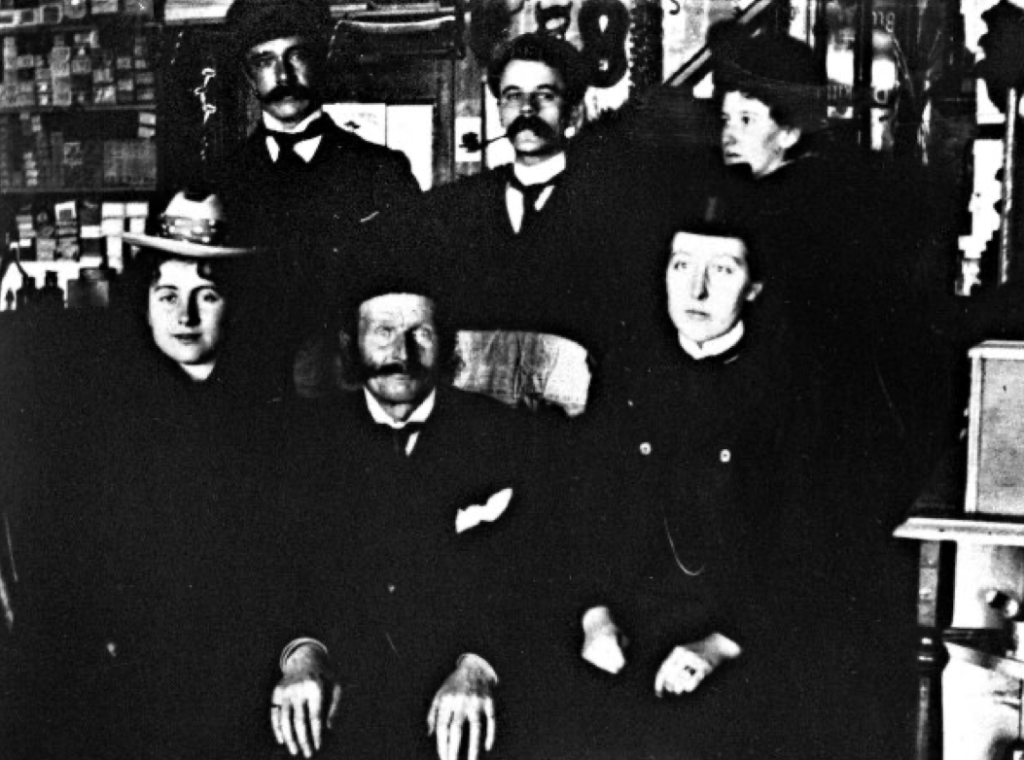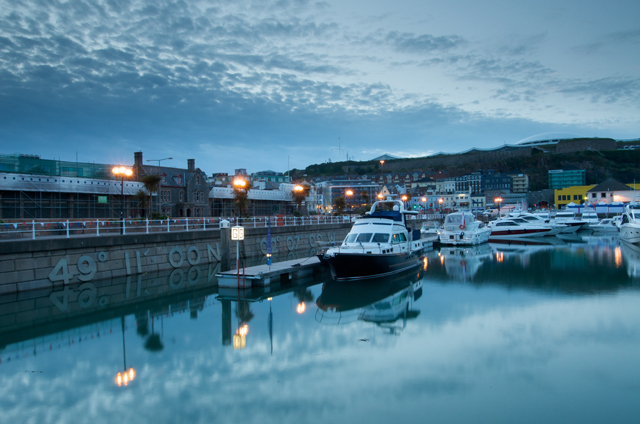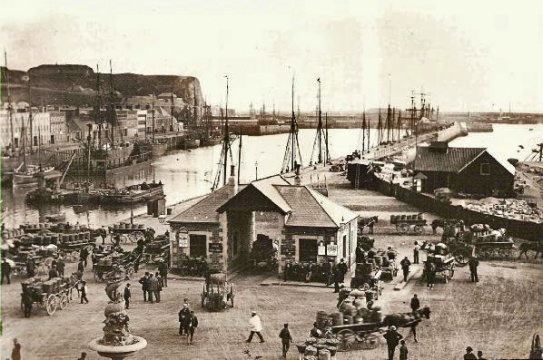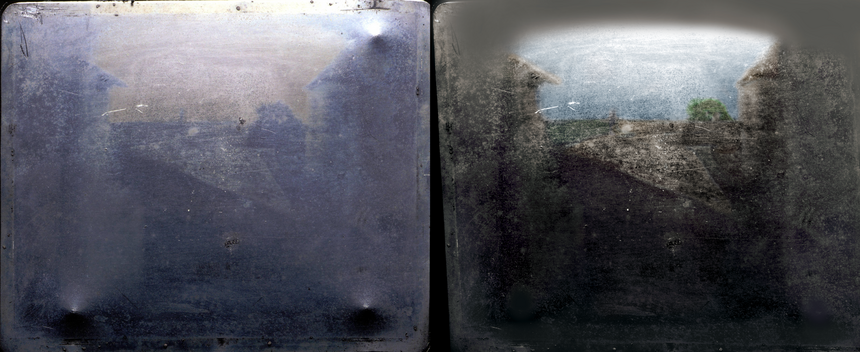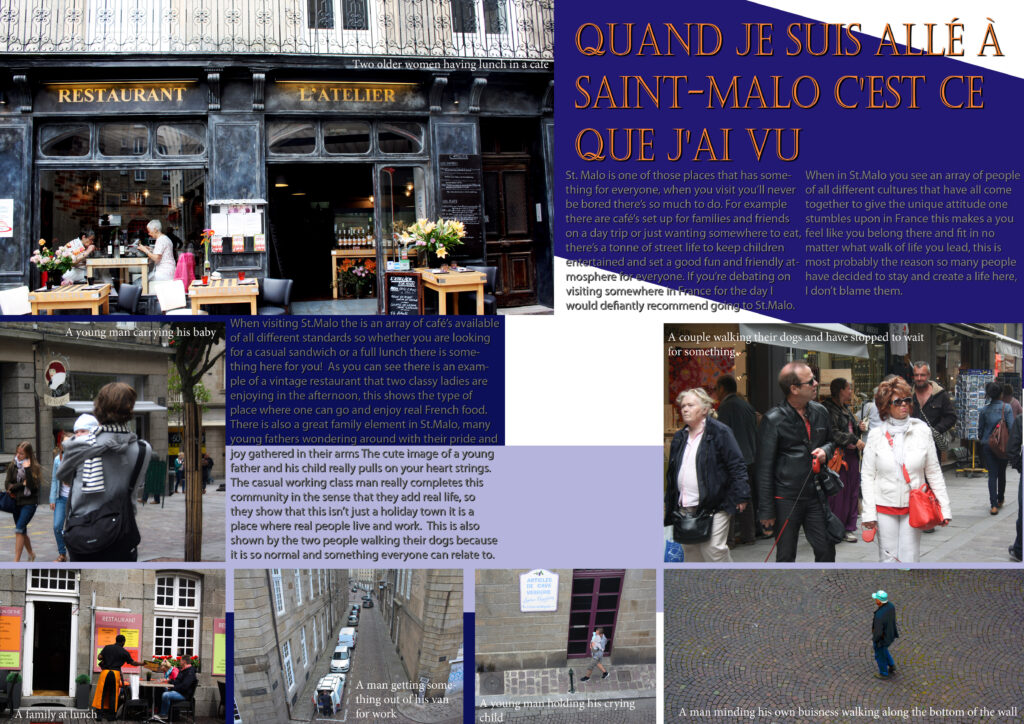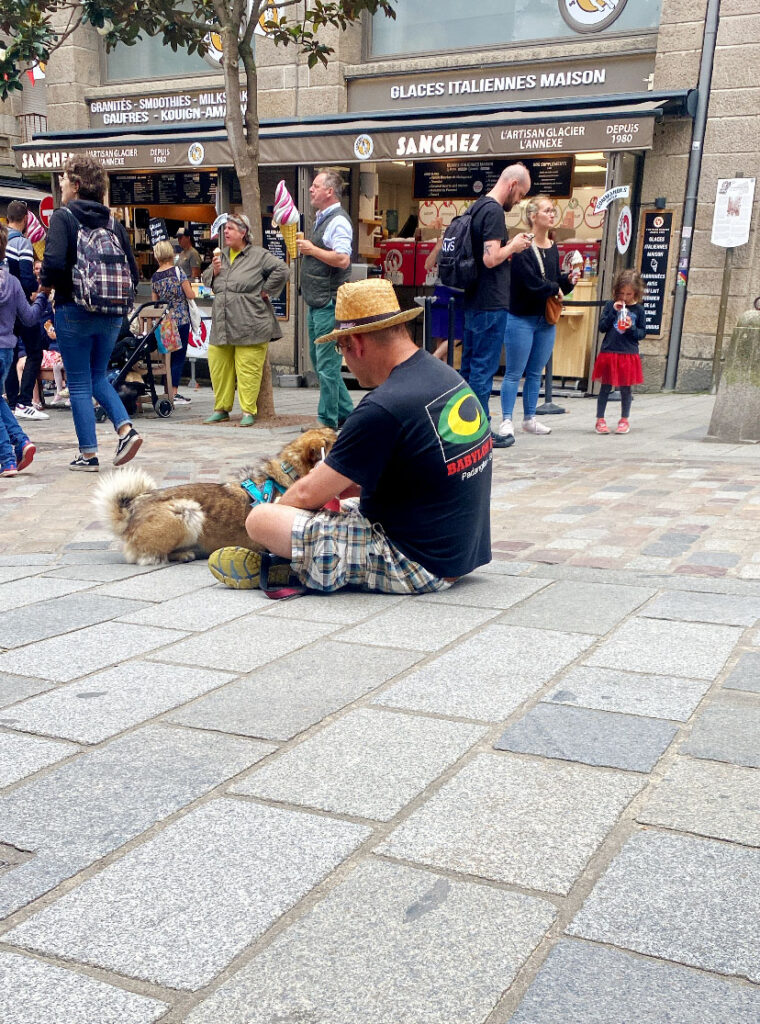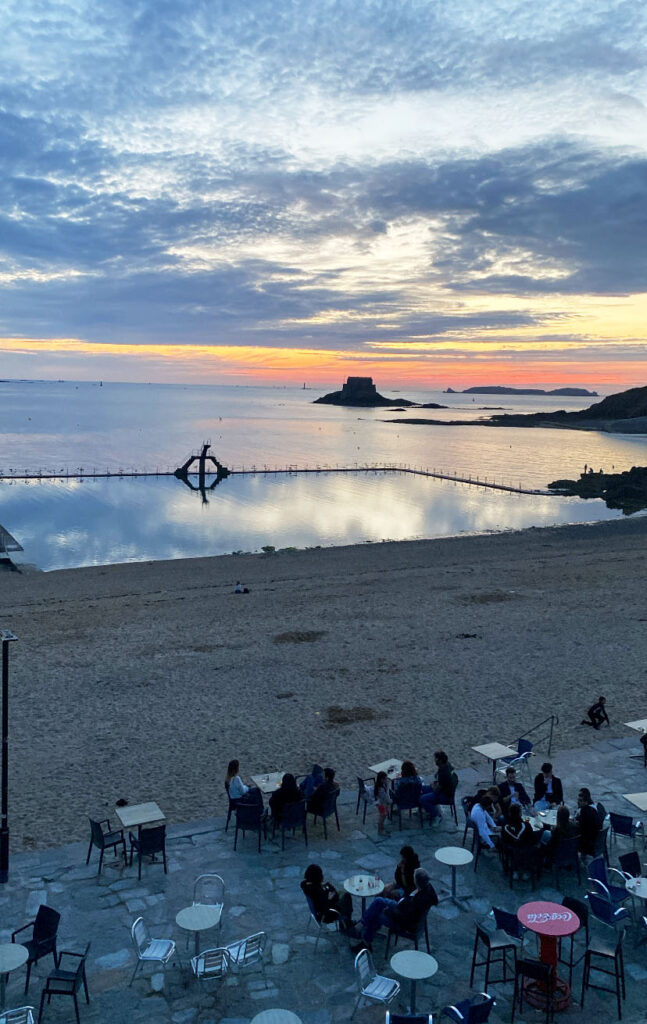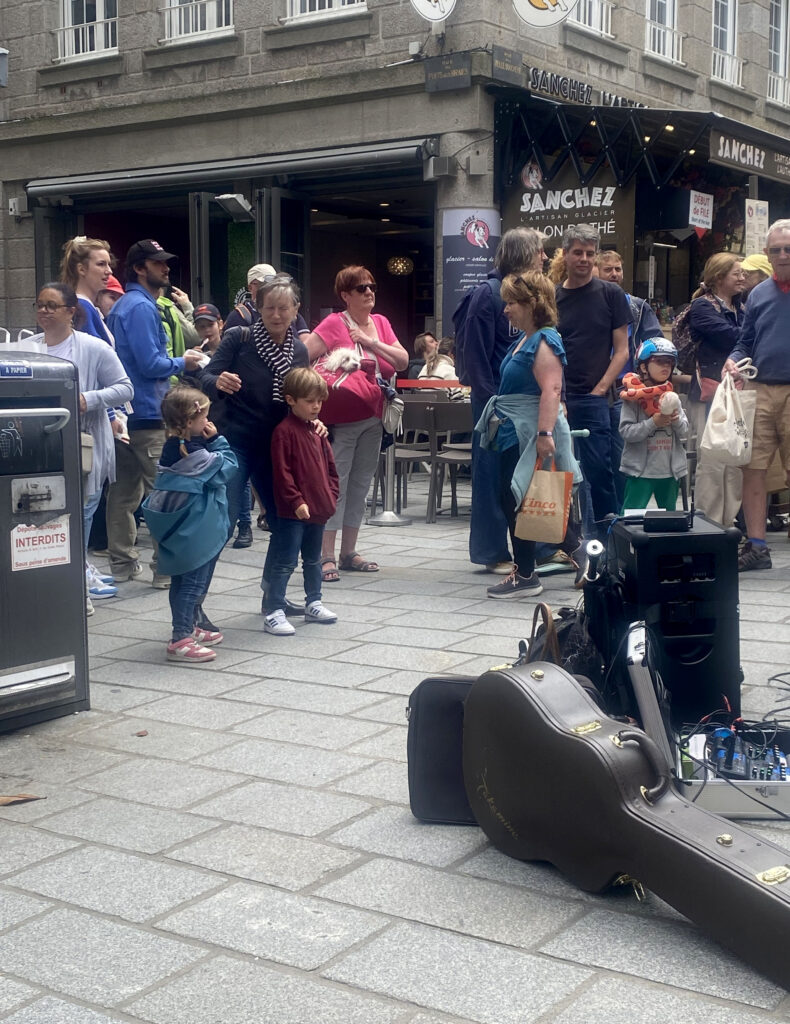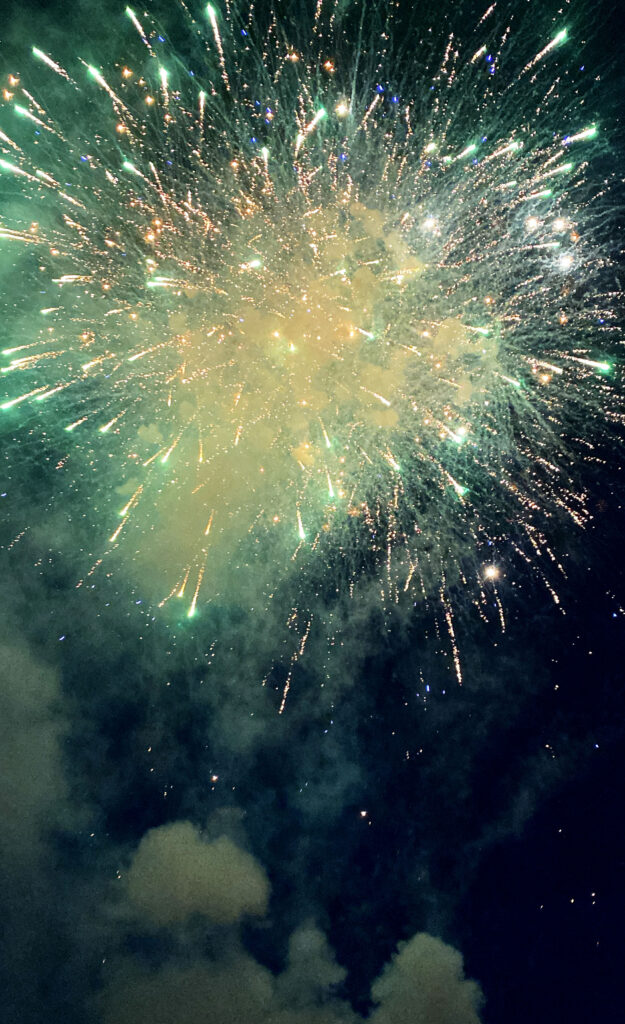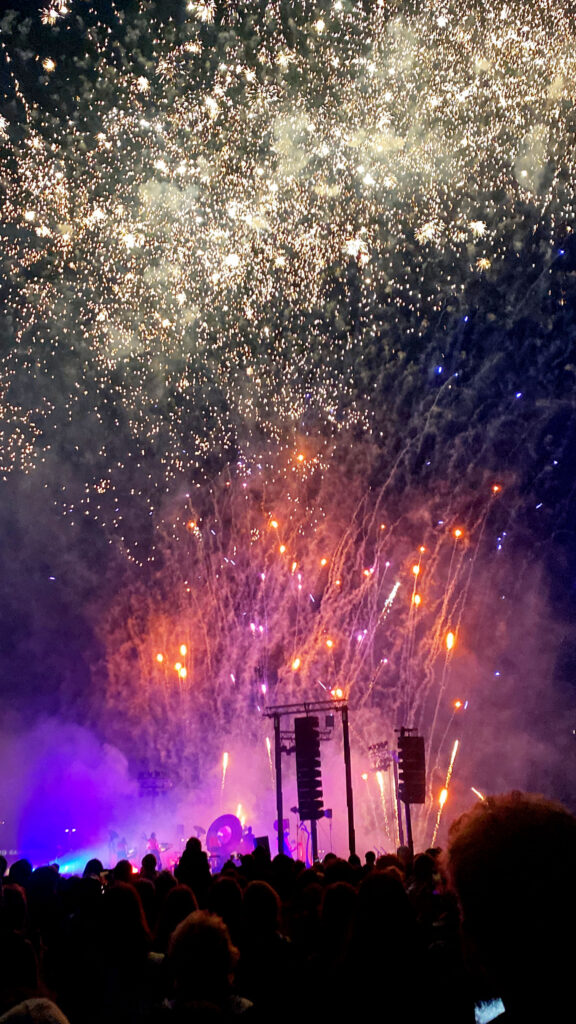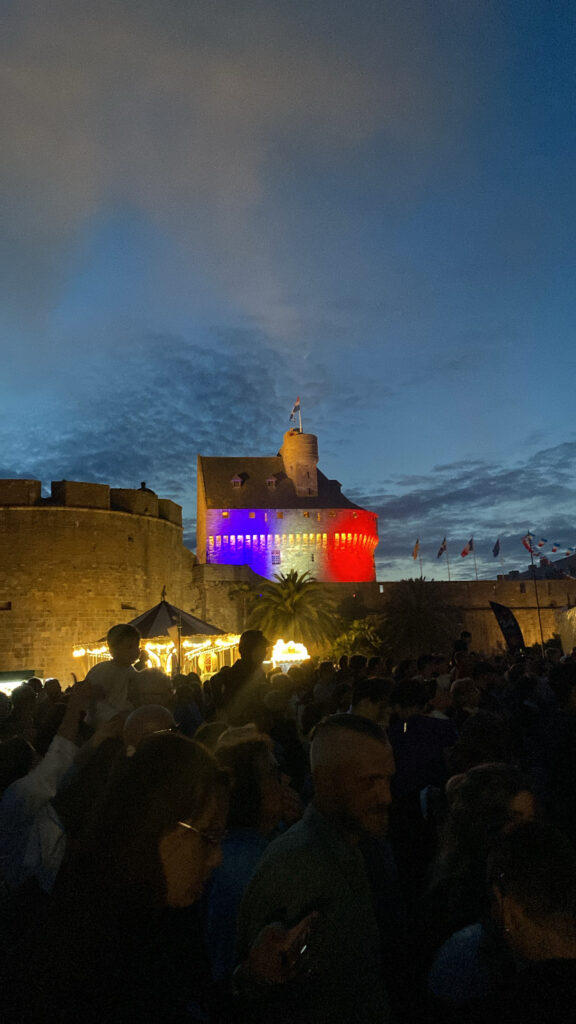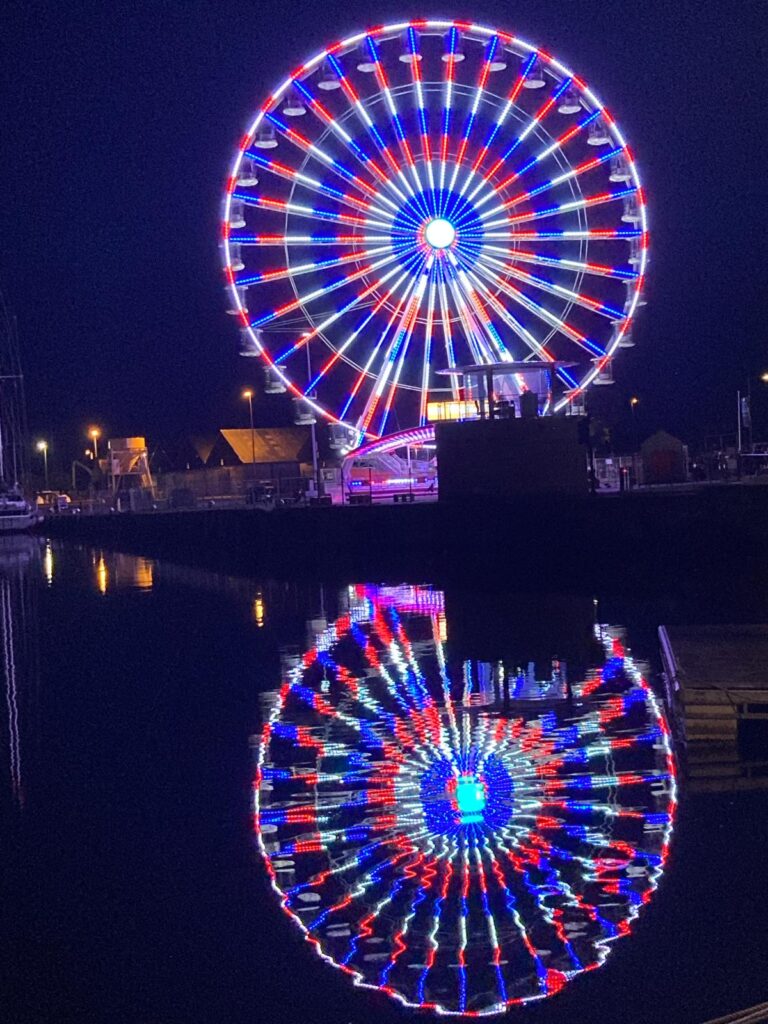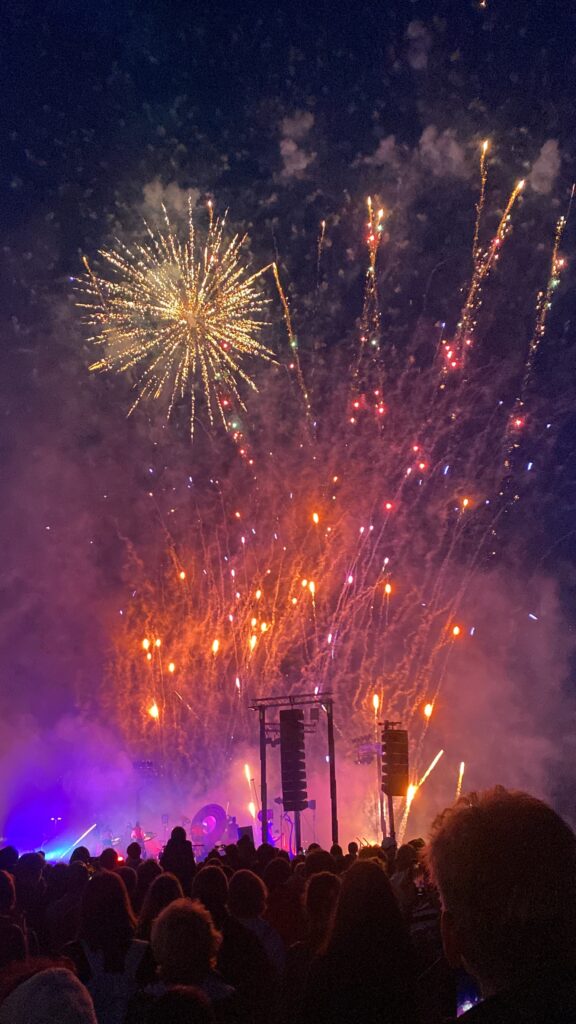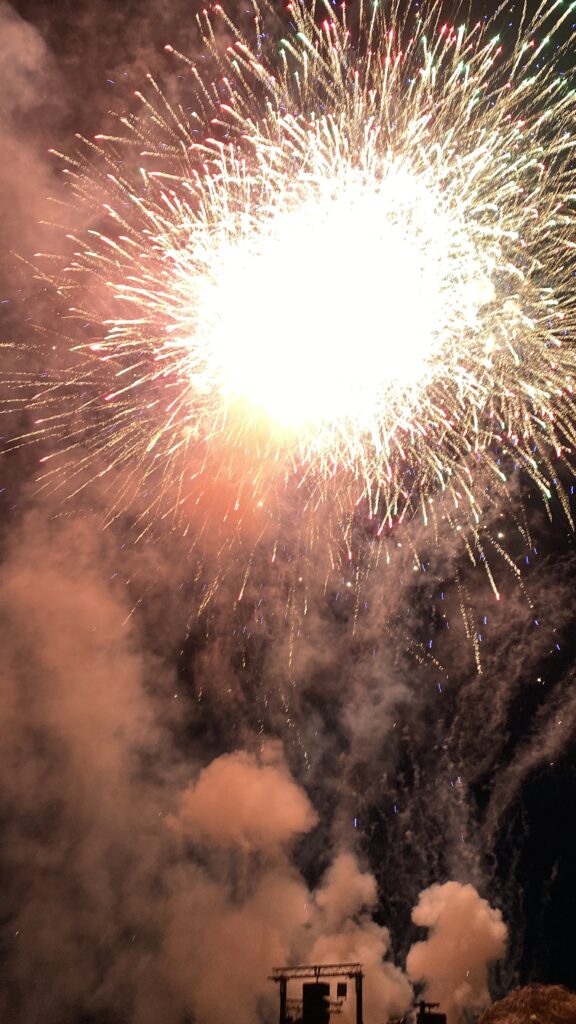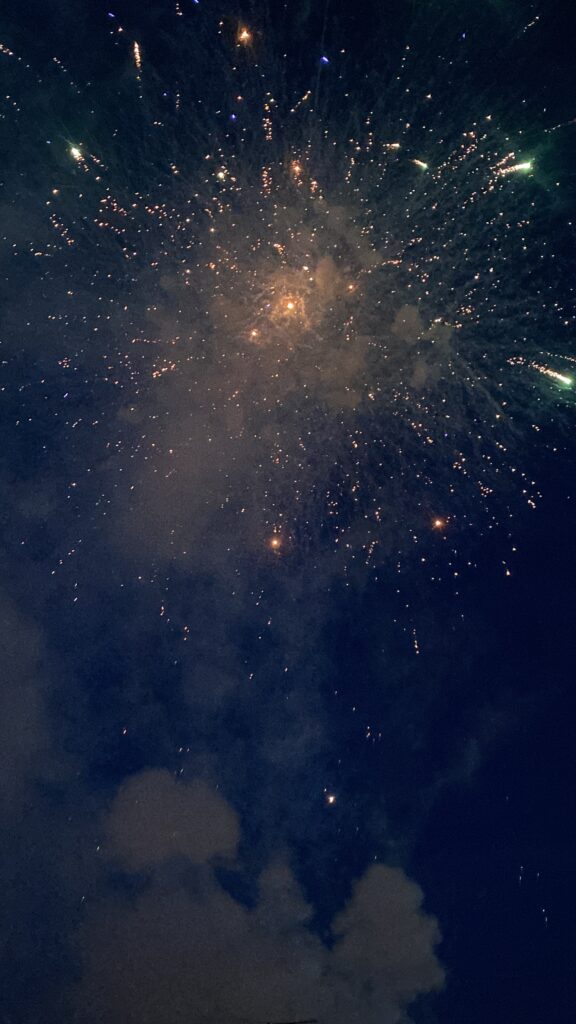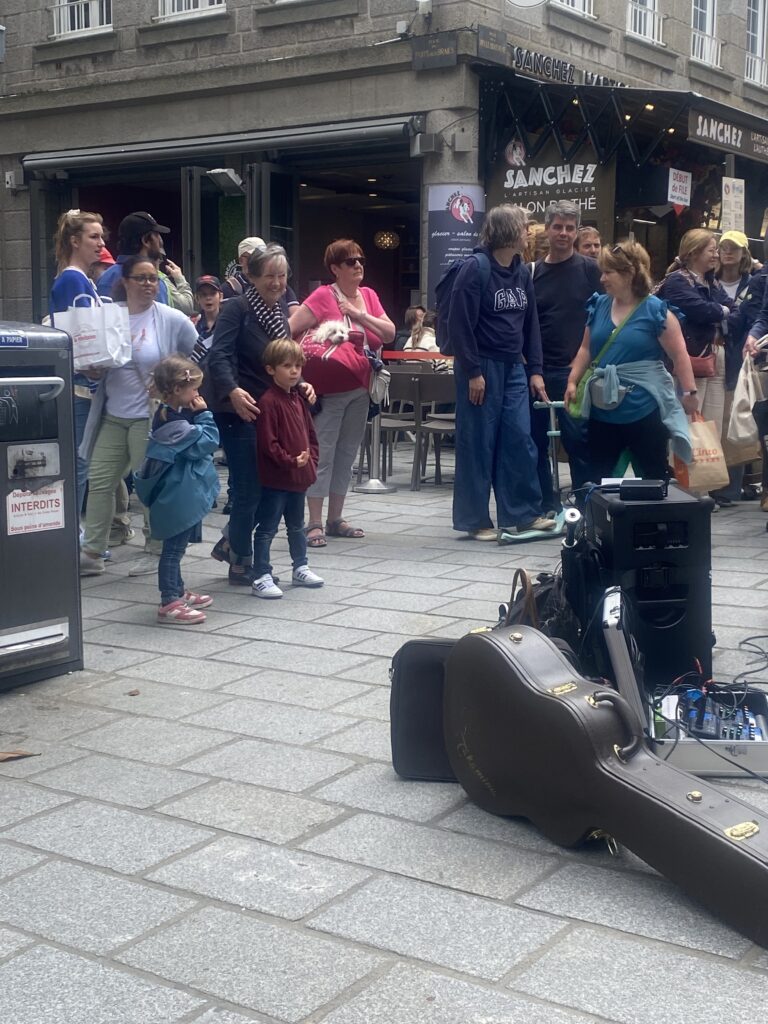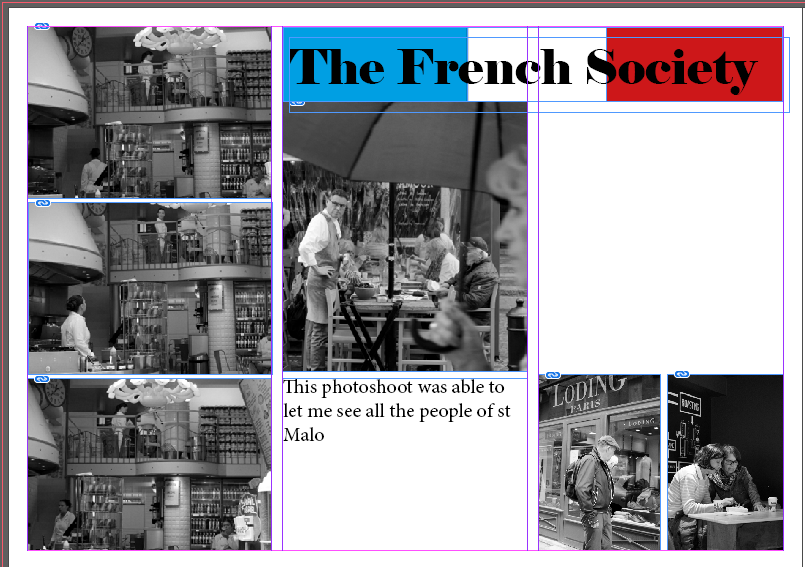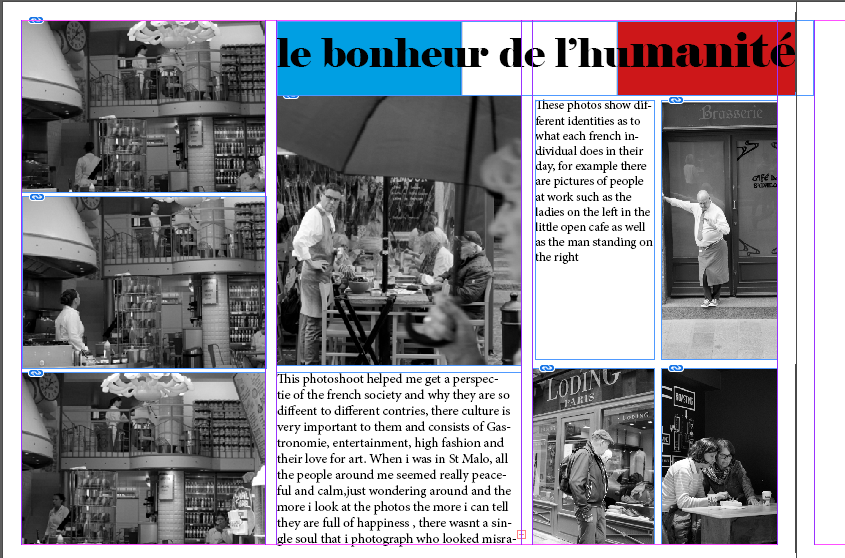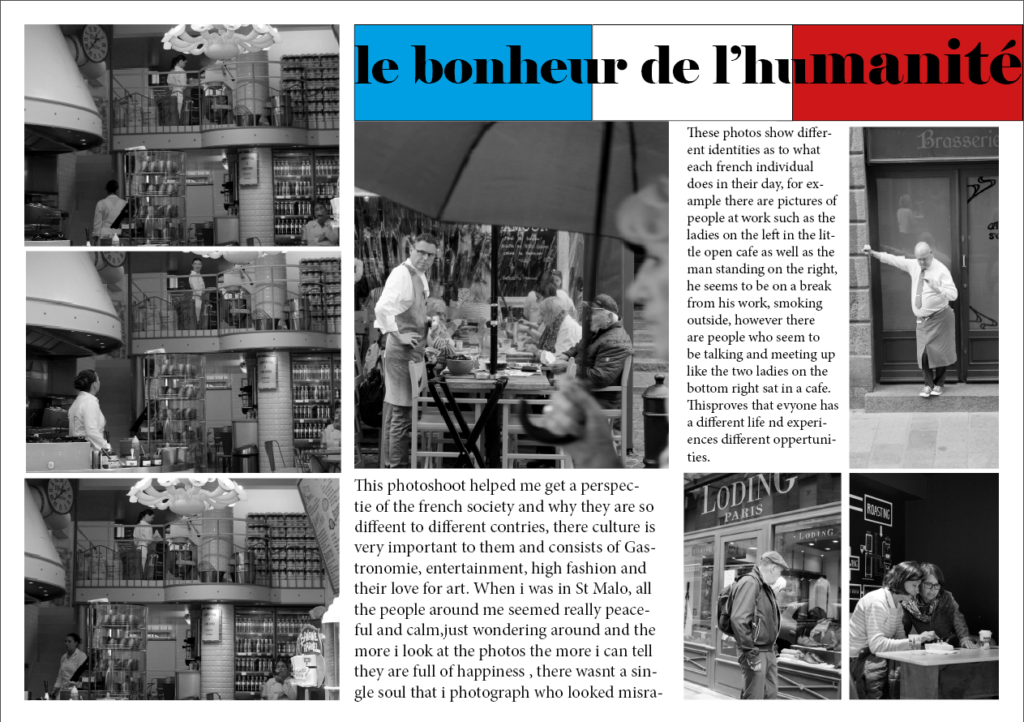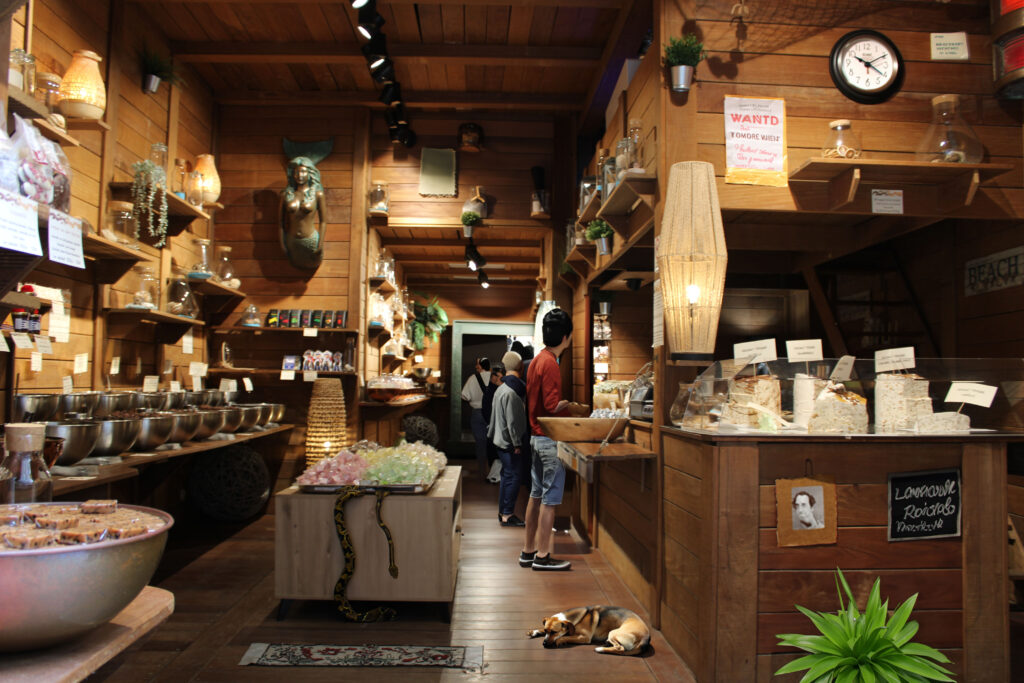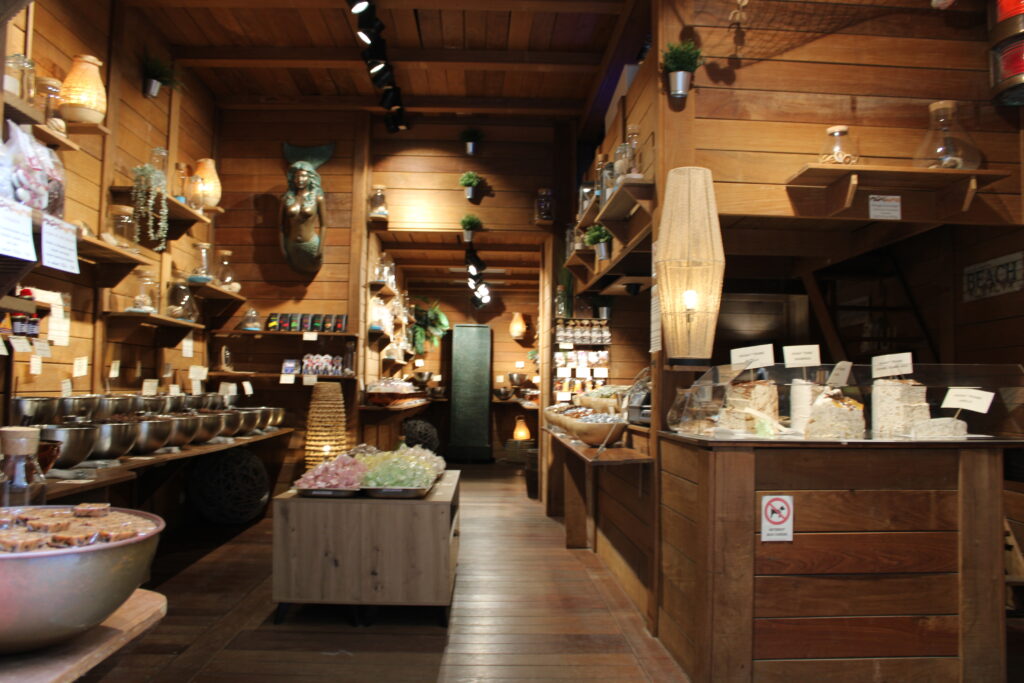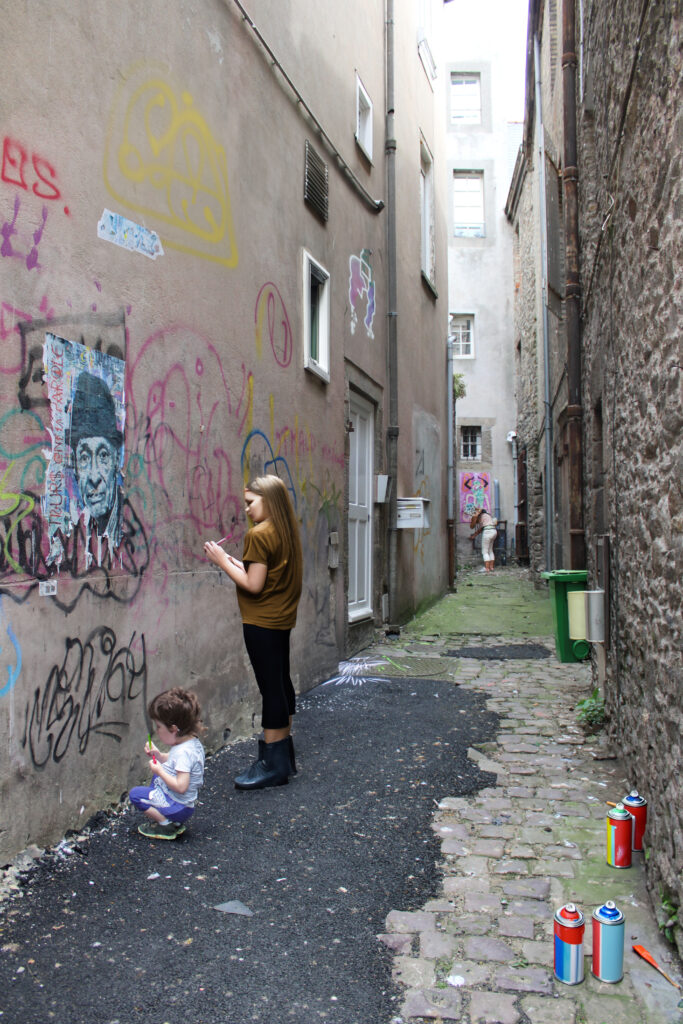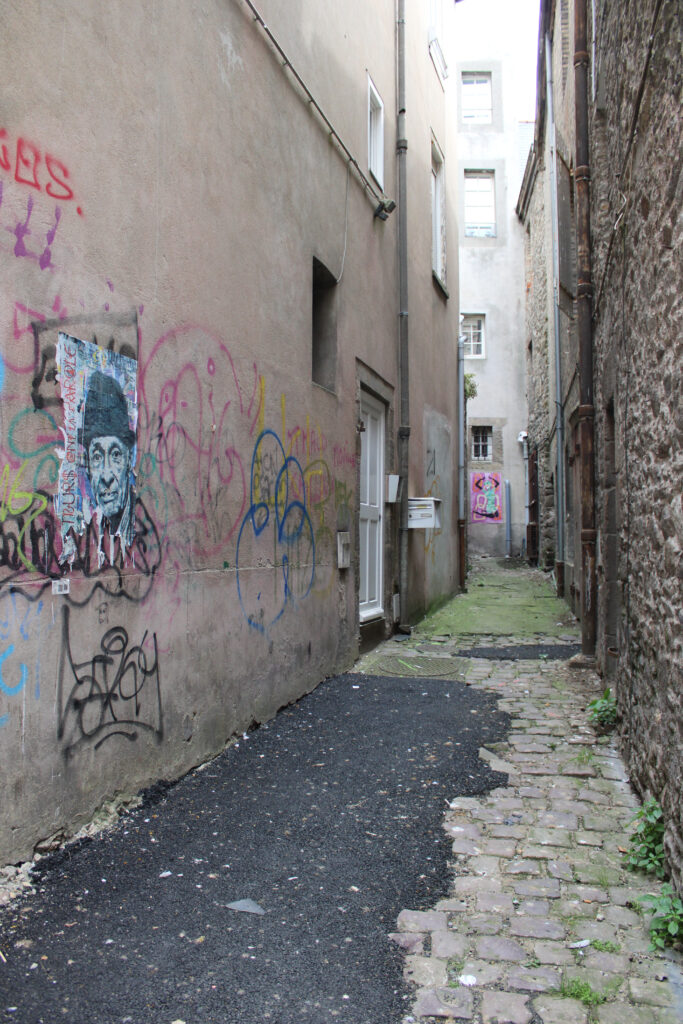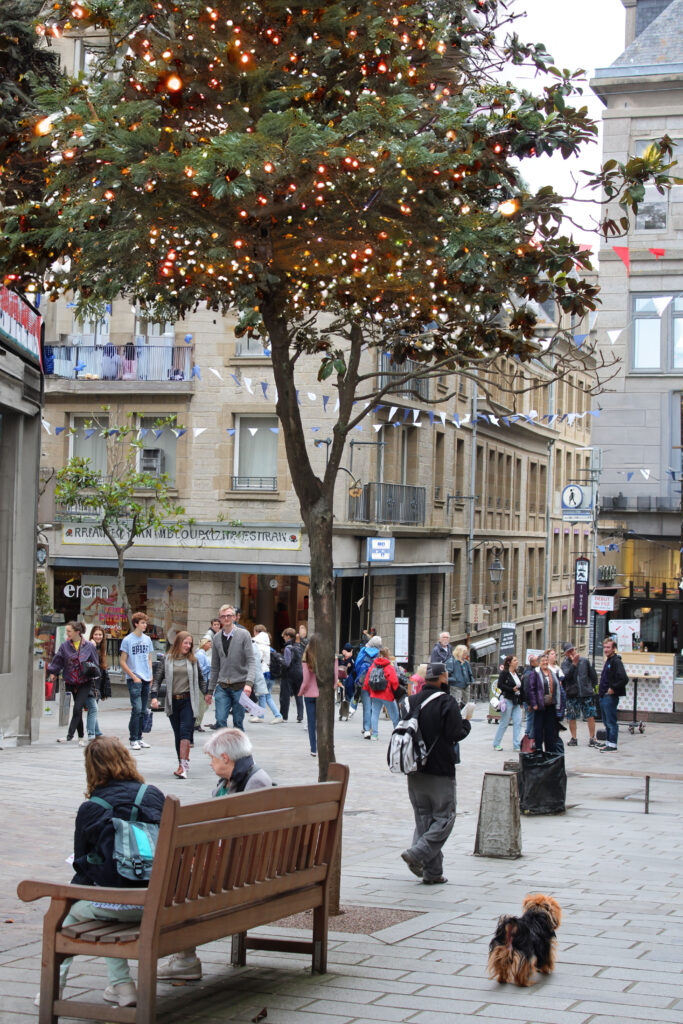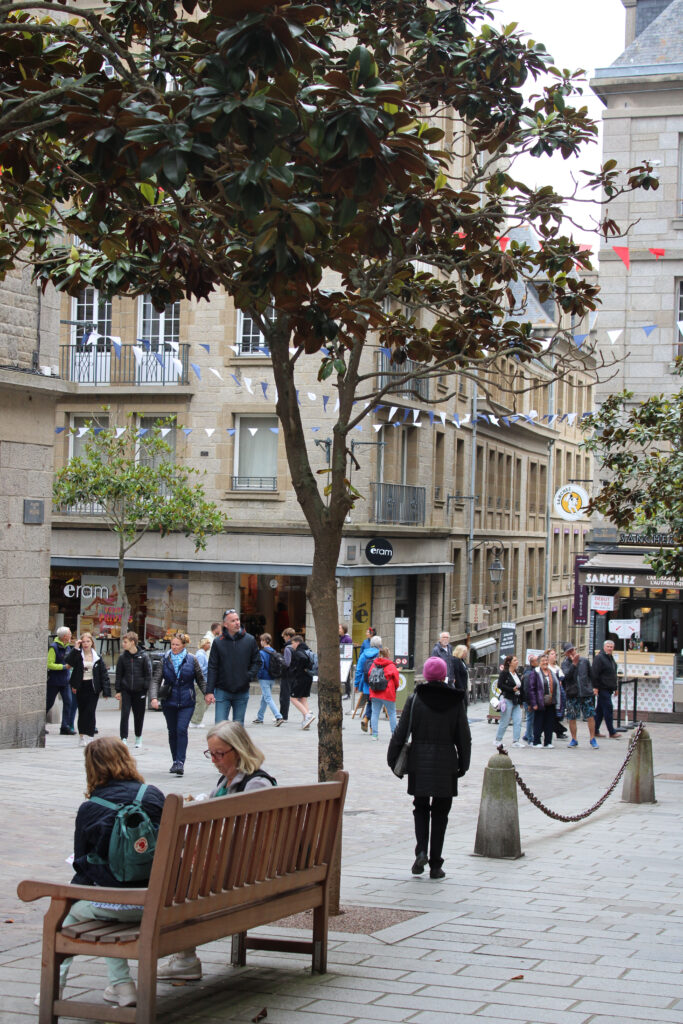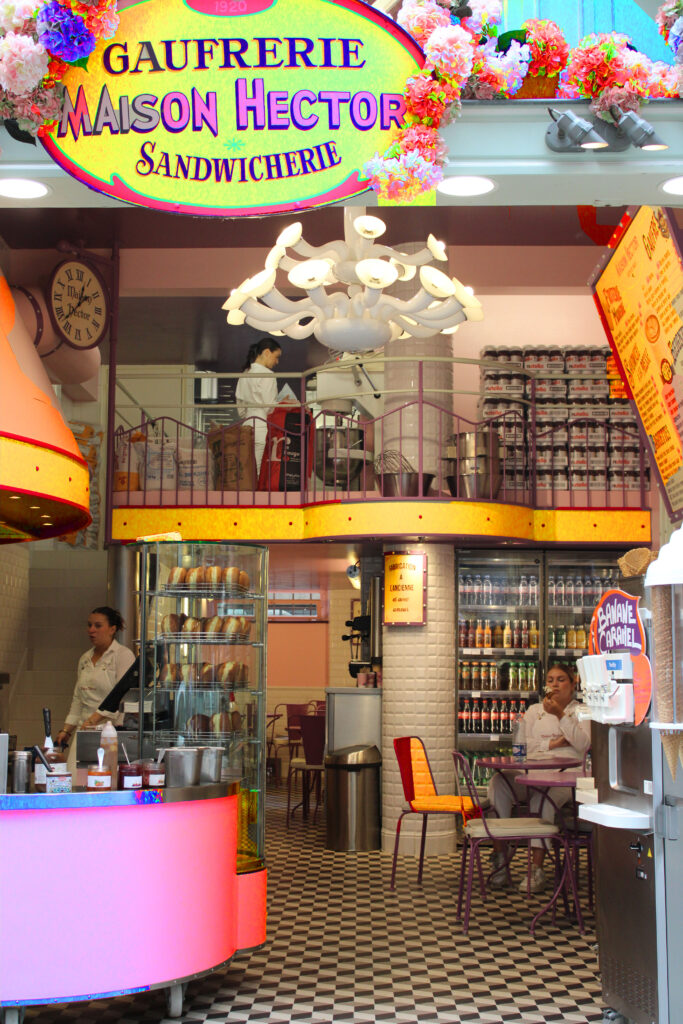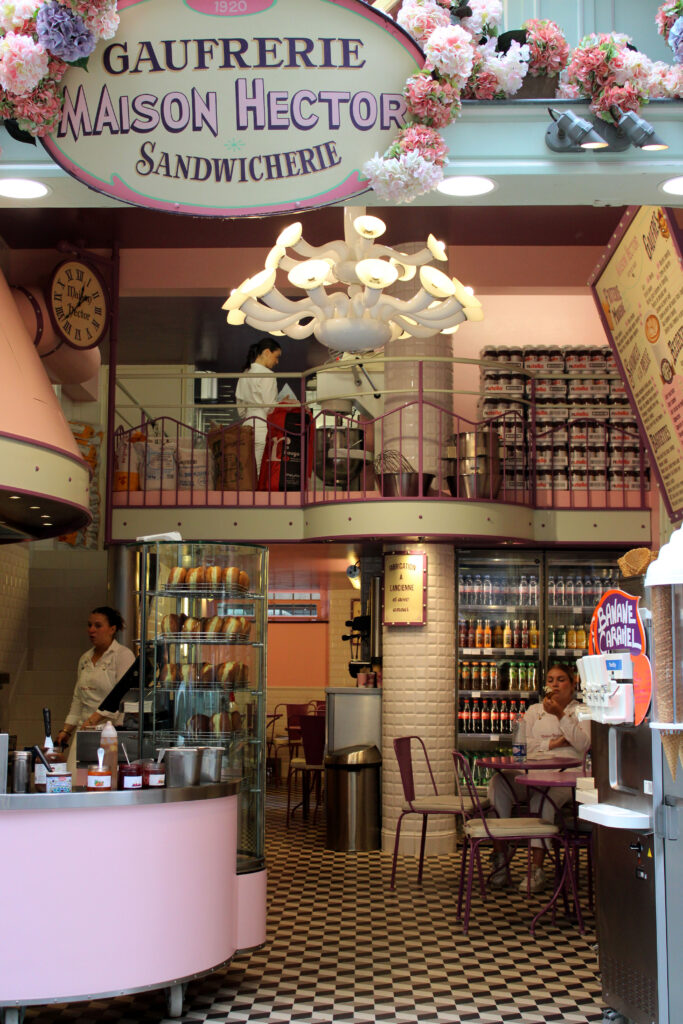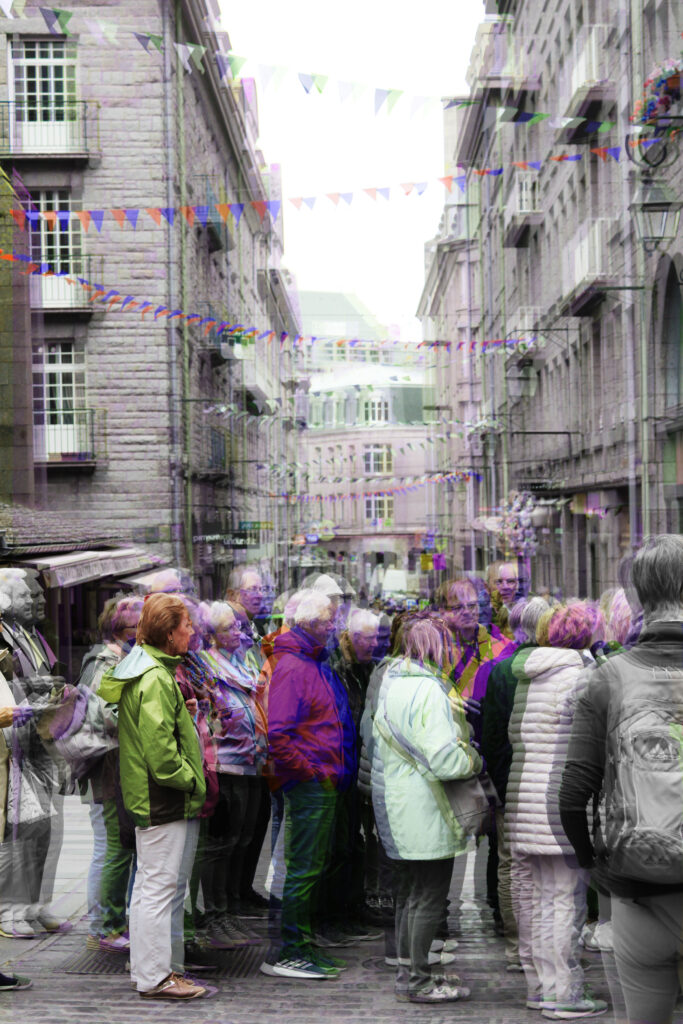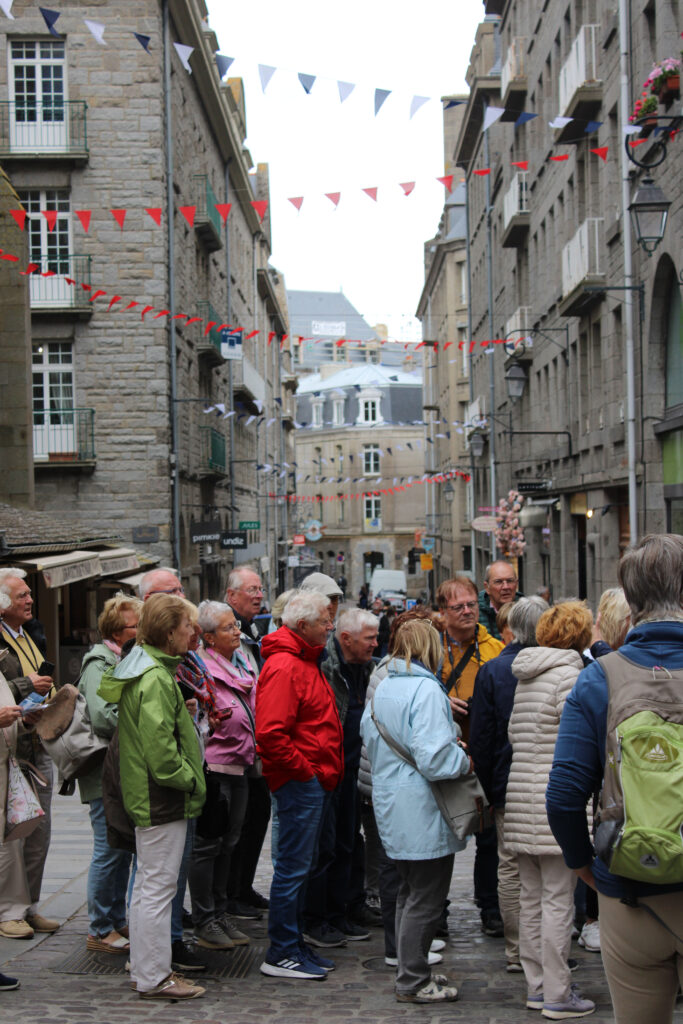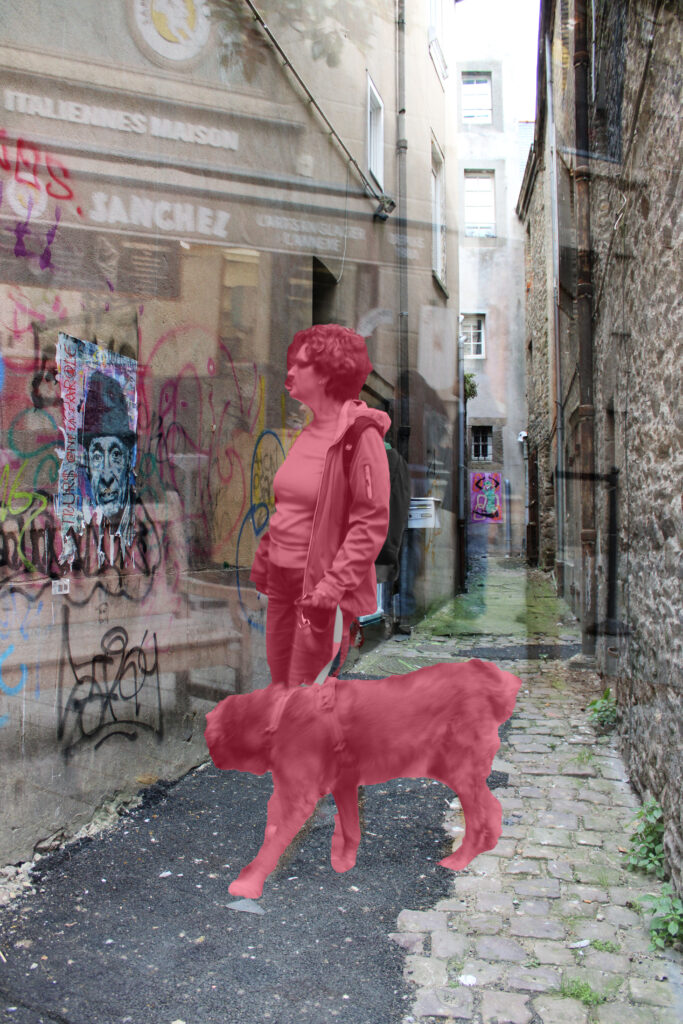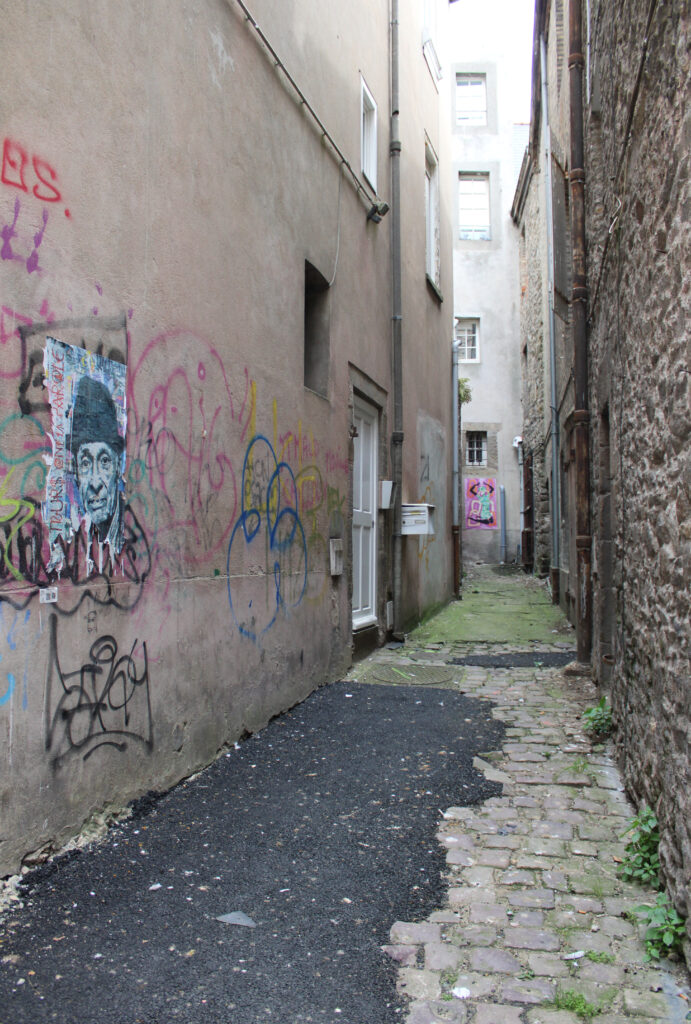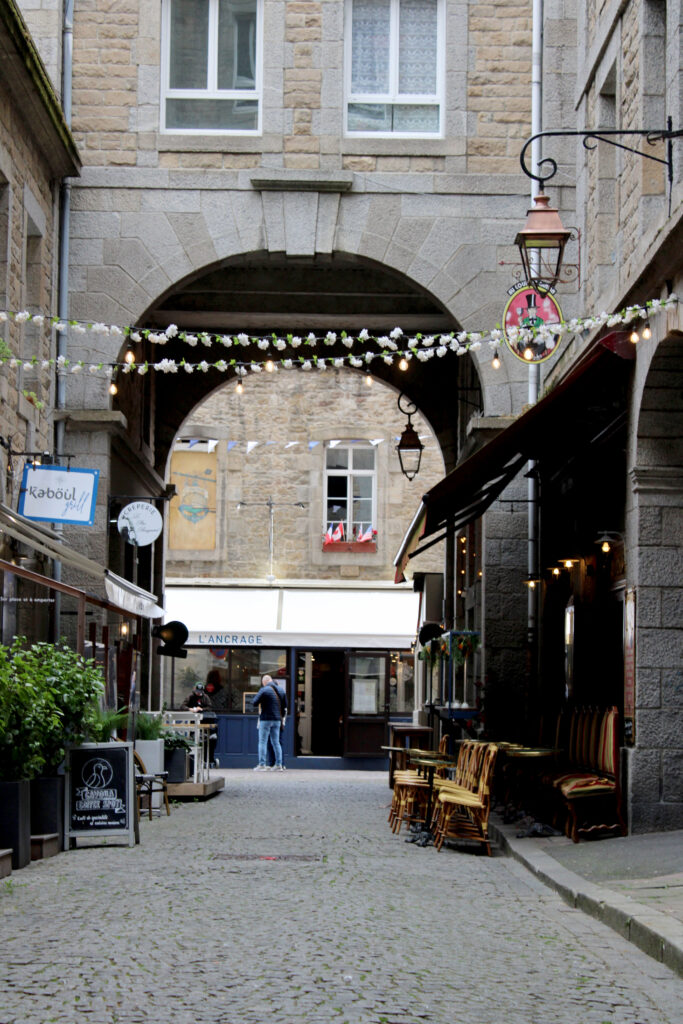




Here these images are very bright and colourful compared to the rest, the sky is a shade of green that almost gives off a disastrous look almost as if a storm is coming. I made the sky looks more colourful so that the image itself would stand out. However I highlighted the area I wanted to make bright and simply copied the layer, I then proceeded to brighten the colour and made it look more green, I felt as though the green makes the photo looks really ready to explore The thought that our world is slowly getting destroyed with all the carbon being released and the plastic being thrown around creates this unpleasant image, the world is dying and no much is being done to save it.



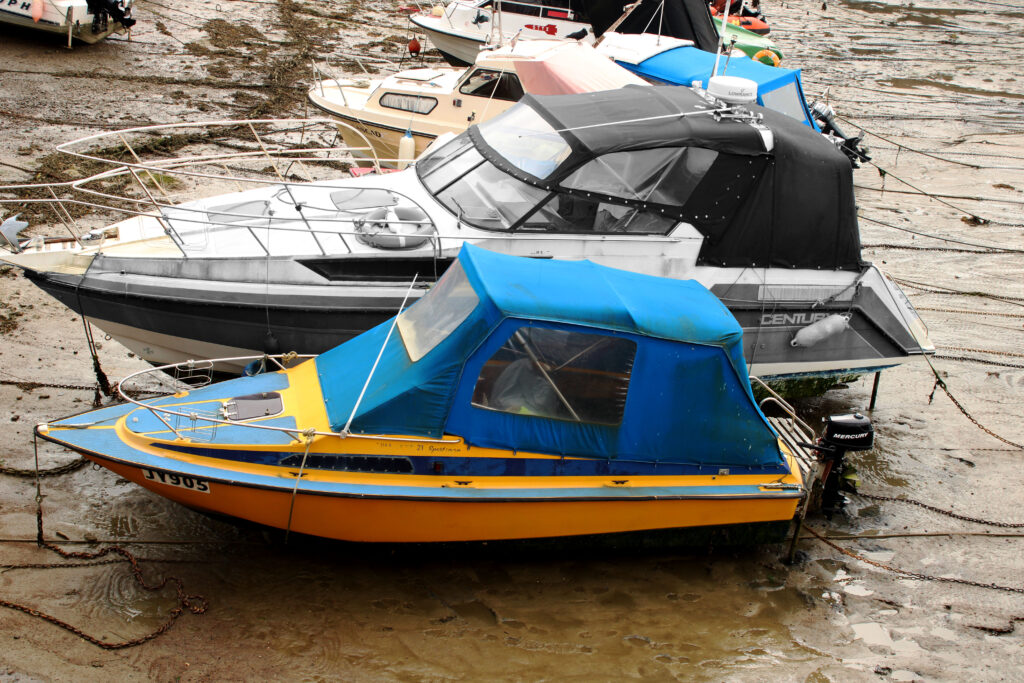
All of the photos that I selected in big to present are the best images I took. Through out all the photos I took these were best one I could analyse and use in my work as they had bod colours and all represent a story whereas some of my other photos don’t have the right lighting or angle to use or don’t have the right story to tell. Most of my photos are pictures of boats but not really the big luxurious boats more like small boat that u would stay close to the haw with which tells us a lot, possibly the p[person who owns the boats like to do fishing close to the island or likes to have a small paddle around the island in their bot however it doesn’t necessarily tell us if they don’t have the money to buy as its not a factor we can judge and asses. The colour of each boat can tell us a story as it can show each personally identity.


Doing this photoshoot was quite successful as I got many photos of different places surrounding the harbour. For many of these photos I had zoomed in with the camera to get a specific area of the surroundings, Like with the pictures of the boats I had make sure that nothing else is in the background and only the boats were in focus. For many of these photos I had used Photoshop to add Ai effects and get rid of any distracting directs effecting the image. Firstly in the image with the two boats I asked AI to remove anything I the sea to make it look like there are only boats floating and nothing else around. To get the basic editing I levelled all the colours and made some of my photos in black and white as helped to stop the colours from distracting the main idea of the photo. I believe this photoshoot went really well as I was able to interact with some people along the way and understand why they do what they do for a living how it is impact in their lives. For example, I was able to see people who took care of all the lobsters and fish. I was also able to see all the boats that were left on the side. These boats were all different colours and can each represent different personalities and how people look like and the way they are portrayed.

Overall, I believe this photoshoot went well and I managed to capture quite a good bunch of photographs that portray the importance of the st Helier harbour and how its history ha impacted it. Most of the pictures I took of boats are quite small and show how in the past they didn’t really have really high tech boats and almost shows us ow people used to travel across the seas, and of Couse they have other boats with high tech and more protection but it does help us view the evolution of the boats and how each boat can help a person achieve different things.

